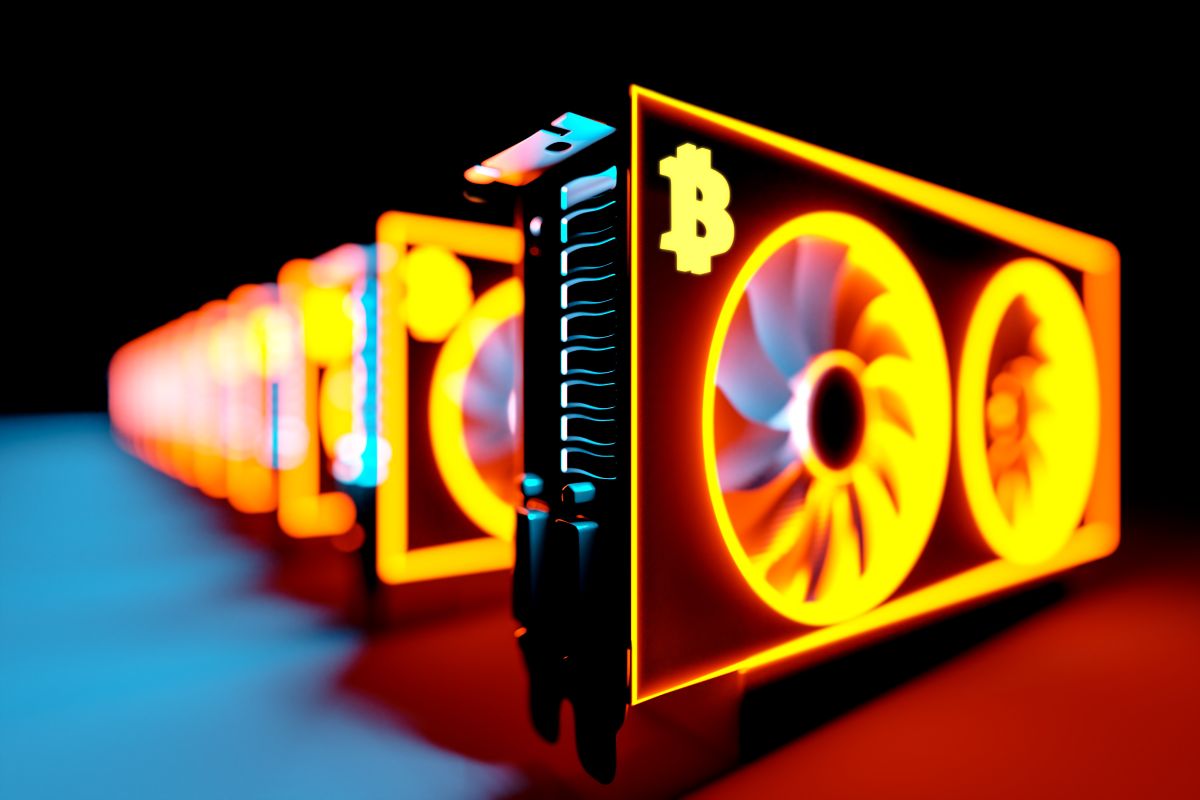In this article, we are going to help you decide what GPU to buy for mining.
In the current global chip shortage, we might as well say that the best mining GPU is the one you can buy. But if you have the ability to choose between a couple of different GPUs, then we suggest reading this article further.
What GPU is the best for mining?
This is a very broad question. Are we talking about efficiency since the electricity price is high? Maybe about raw performance because we have solar panels and the power usage is not important for us? Is budget an obstacle? Some of the best-performing GPUs can cost more than $3,000 right now! It is also worth mentioning that the prices of GPUs fluctuate a lot at the time of writing. All of this combined means that the final answer will be different for everyone.
The most used metric when it comes to buying mining GPUs is ROI (return on investment). How long does it take for the GPU to pay itself back? The lower the ROI, the better. Use this metric when deciding what GPU to buy. This metric is not always the most accurate, because daily profitability constantly changes and ROI time will most likely not be the same at the end.
You can calculate the graphic card’s ROI by following this formula: ROI = GPU price/(daily profit – electricity used).
Another metric that you can use is the price per MH/s you are paying. This metric is straight forward and accurate. But it is important to compare only the hashrate of one algorithm and not to compare, for example DaggerHashimoto on GPU1 to KawPow on GPU2 as the results will be different.
You can calculate the price per MH/s by following this formula: Price per MH/s = GPU price/hashrate on given algo.
AMD or NVIDIA?
NVIDIA seems to be more versatile than AMD, but that is not always the case. AMD can mine KAWPOW (Ravencoin) and DaggerHashimto (Ethereum) quite efficiently. While NVIDIA GPUs can generally efficiently mine all the coins like Ethereum, Ravencoin, Ergo, Conflux and others.
Choosing NVIDIA gives you the ability to competitively mine more different algorithms compared to AMD. NVIDIA GPUs might be more “future-proof”.
But AMD GPUs are not to be underestimated. There might be other future algorithms or coins that will be more profitable on AMD GPUs compared to NVIDIA ones.
I have free electricity!
If you are in a student dorm, electricity is not free, and be careful before moving your roommate out and setting up a 5kW mining farm in your dorm room.
If you use solar or have really cheap electricity (less than ∼$0.06 per kWh). Then you can pick a more power-hungry and less power-effective GPU like the RTX 3090.
Older or newer generation GPUs?
Are you planning to resell the GPUs after a couple of years? In this case, we would suggest buying new generation GPUs like RTX 3000 or RX 6000 series since these cards will still be competitive in gaming after 3 to 4 years. If you are not planning to sell the GPUs and will only use them for mining, then we suggest buying the one with best ROI. Let that be the latest generation or older one like RX 5000 series and RTX 2000.
We do not suggest buying GTX 1000 or RX 500 series or even older for mining. For example, GTX series is actually losing its performance over time due to increasing DAG size (GTX 1080 Ti used to hash at around 55 MH/s but can now barely achieve 45 MH/s).
New or used GPU?
Some might argue that used mining GPUs will degrade over time. But this is (generally) not true. If the GPU was kept clean, below 70°C and its fans were spinning under about 60% speed then the GPU can keep on hashing for years.
If you come across a GPU with known history, then the risk of buying a bad GPU is low. Maybe GPU manufacturers should keep a history of temperatures and load in the BIOS just like cars keep track of distance traveled?
How to calculate the electricity price?
It is worth noting that the actual electricity price you pay per kWh might not be the same as it is written down on the invoice. In most countries, people pay for electricity + network charge + VAT.
This means that your electricity price is not equal to the electricity price stated on the invoice. But you must divide the total invoice price by the kWh used in the past month.
For example, Bob used 3000 kWh in November. The price per kWh is $0.06. The invoice should be $180 (3000*0,06), but the invoice total is $320.
For Bob to get the actual price of the electricity, he should divide his total invoice amount ($320) by total kWh used (3000). This results in an electricity price of $0.106 per kWh.
How to calculate ROI of mining GPUs?
Use our Profitability Calculator to calculate the ROI of GPUs.


